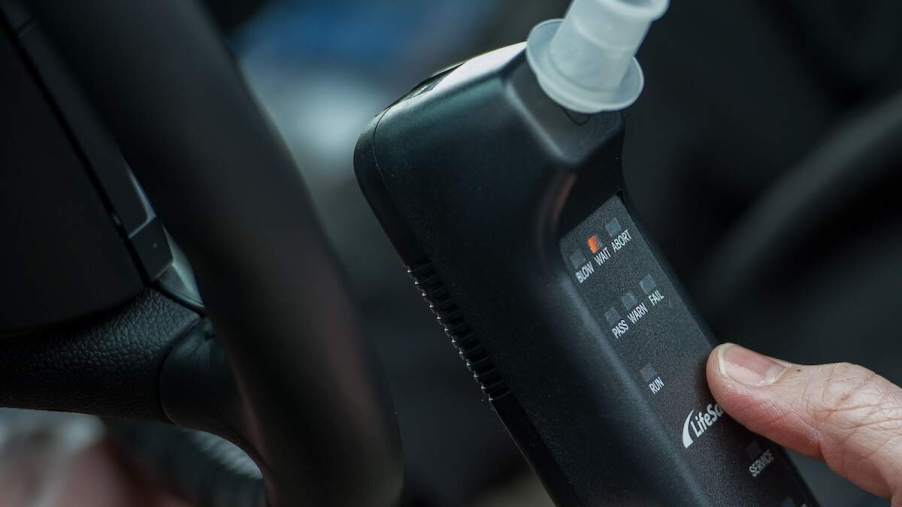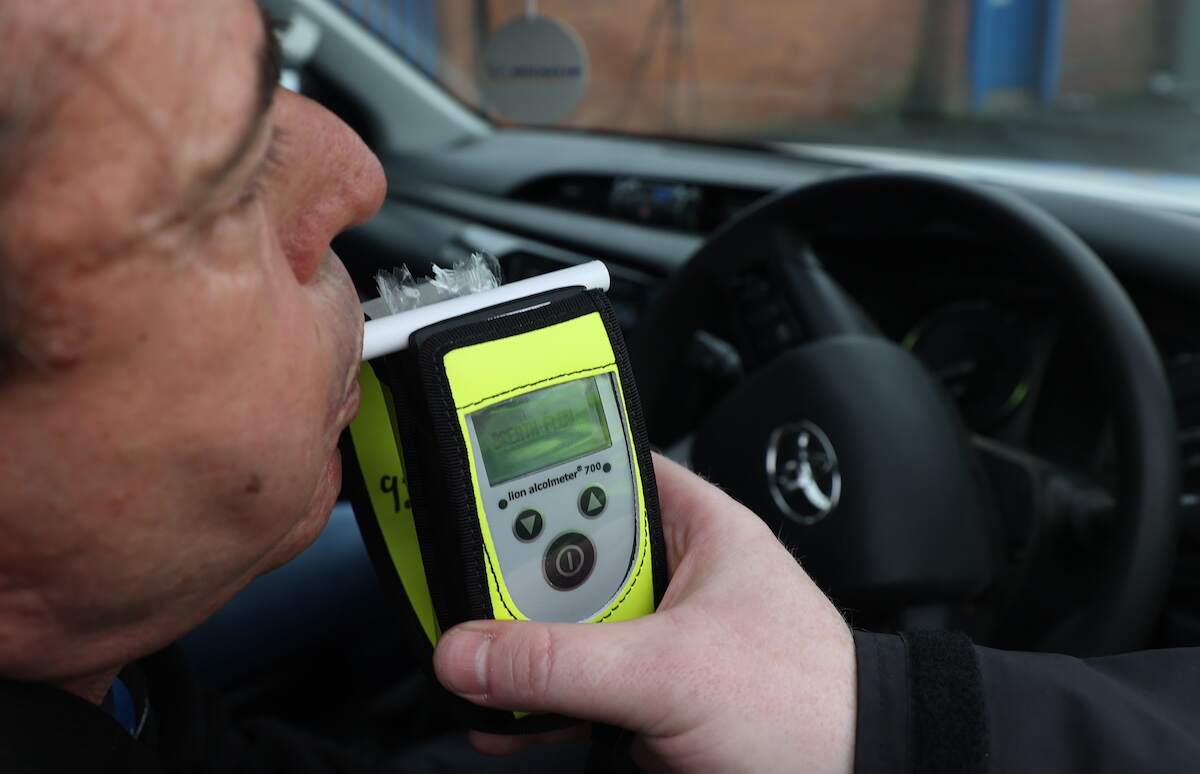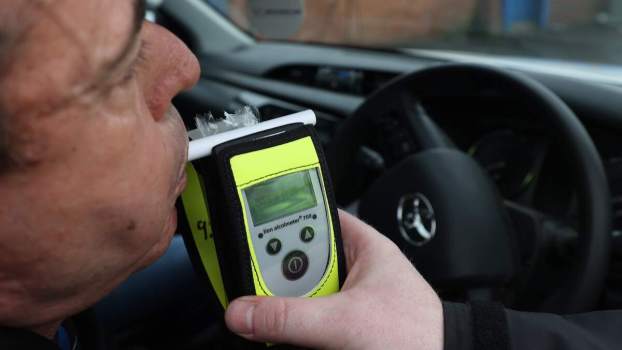
What Is an Ignition Interlock Device (IID), Also Known as a Car Breathalyzer?
Most people are aware of police breathalyzers that detect suspected drunk driving. However, another version can be installed in the cars of motorists convicted of DUI. This device makes the vehicle inoperable until its driver passes a breath alcohol test. Technically known as an ignition interlock device (IID), it plays a critical role in preventing people from driving while intoxicated.
How does a police breathalyzer work?

First, let’s dive into how breathalyzers work. A breathalyzer test measures a person’s breath alcohol concentration (BrAC), a proxy for their blood alcohol content (BAC). The process involves the following steps:
- Breath sample collection: The driver must blow into a tube connected to the device.
- Chemical reaction: The breathalyzer contains a chemical substance that reacts with any alcohol in the breath sample.
- Measurement: The chemical reaction produces an electrical current, the strength of which is directly proportional to the amount of alcohol detected in the breath.
- Results display: The device displays the BrAC reading, indicating whether it is above or below the legal limit (generally, 0.08% or higher is illegal).
- Interpretation: Law enforcement uses the BrAC reading to determine whether the driver is impaired and whether they should receive further testing or penalties.
How do ignition interlock devices (IIDs) work?
In addition to suspending driver’s licenses and charging fines, many jurisdictions impose the installation of ignition interlock devices as part of the penalties for drunk driving convictions. IIDs prevent the vehicle from starting if the driver’s BrAC exceeds a predetermined limit, usually set below the legal limit for alcohol intoxication. The process typically works as follows:
- Breathalyzer test: The driver must blow into the IID before starting the vehicle.
- Analysis: The device analyzes the breath sample for alcohol content.
- Vehicle start: If the BrAC is under the preset limit, the vehicle starts. If the BrAC exceeds the limit, the car remains immobilized.
- Periodic retests: While driving, the IID might require the driver to take periodic retests to ensure they remain sober.
The installation of IIDs is an effective deterrent against drunk driving, ensuring that individuals convicted of this offense cannot operate their vehicles while intoxicated.
Voluntary installation of IIDs
Interestingly, IIDs can also be added to vehicles voluntarily, even when not legally mandated. People who have previously faced DUI charges may install these devices to prevent future instances of drunk driving. It demonstrates a commitment to responsible and safe driving.
Future interlock systems and drunk driving technology
In the next few years, laws will require breathalyzers in new vehicles. These regulations could mandate the installation of IIDs in a broader range of cars, potentially reducing the incidence of drunk driving further. Future technologies could include more advanced interlock systems, like those that can detect alcohol through sensors in the steering wheel or seat, Kelley Blue Book reports.
The landscape of drunk driving prevention technology continually evolves. Laws and advancements are being explored to enhance safety on the roads. One development is the emergence of advanced interlock systems and other technologies to reduce drunk driving incidents.
Advancing road safety with IIDs and future technology
Ignition interlock devices have become an essential tool in preventing drunk driving. They function as in-vehicle breathalyzers, ensuring motorists are sober before allowing them to start their cars. Though some jurisdictions mandate the installation of IIDs as part of DUI conviction penalties, drivers can also opt for voluntary installation as a proactive car safety measure.
Looking ahead, the future of drunk driving prevention technology holds promise, with new laws and advanced interlock systems poised to enhance road safety even further.






